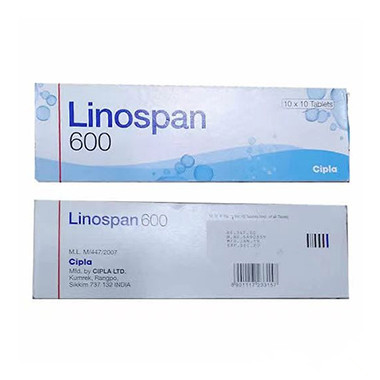How Severe Are the Side Effects of Linezolid (Zyvox)? A Graded Guide for Patients

How Severe Are the Side Effects of Linezolid (Zyvox)? A Graded Guide for Patients
When prescribed Linezolid (Zyvox, 利奈唑胺), a potent antibiotic for resistant infections like tuberculosis and pneumonia, many patients worry: how serious are its side effects? Understanding the severity grading of adverse reactions can help you weigh the risks and benefits of treatment.
1. What Is Linezolid (Zyvox)?
Linezolid (brand name: Zyvox) is an oxazolidinone-class antibiotic used for:
Drug-resistant bacterial infections (e.g., MRSA, VRE)
Pneumonia
Skin/soft tissue infections
While effective, it carries risks of side effects, classified by severity below.
2. Mild Side Effects (Common, Manageable)
Most patients experience temporary, non-dangerous reactions, including:
Nausea, vomiting, diarrhea
Headache, dizziness
Insomnia
These typically resolve without stopping treatment. Staying hydrated and taking medication with food may help.
3. Moderate Side Effects (Requiring Monitoring)
Some reactions need closer attention, such as:
Muscle weakness, tremors
Low blood pressure
Rash or itching
Doctors may adjust the dose or prescribe supportive care (e.g., antihistamines for rashes).
4. Severe Side Effects (Rare but Dangerous)
Though uncommon, serious risks include:
Thrombocytopenia (low platelets) → bleeding risk
Bone marrow suppression → anemia, infections
Photosensitivity, irregular heartbeat
Immediate medical review is needed. Treatment may be paused or switched.
5. Life-Threatening Reactions (Emergency Cases)
Extremely rare but critical effects demand urgent intervention:
Toxic epidermal necrolysis (severe skin peeling)
Serotonin syndrome (if combined with antidepressants)
Peripheral neuropathy (nerve damage with long-term use)
Stop Linezolid immediately and seek emergency care if these occur.
6. Cost and Monitoring Considerations
Brand-name Zyvox is expensive, but generics (e.g., Linezolid from Cipla, Natco) are more affordable.
Regular blood tests are crucial to detect platelet drops early.
Long-term use (>28 days) raises risks like nerve damage—weigh benefits carefully.
Conclusion: Balancing Risks and Benefits
Linezolid is a powerful tool against resistant infections, but its side effects vary from mild to life-threatening. Close doctor supervision and prompt reporting of symptoms are key to safe use.
[If needed, you may contact Dingxiang Customer Service for further assistance.]
Q&A: Addressing Patient Concerns About Linezolid
Q1: How soon do Linezolid side effects appear?
A: Mild issues (nausea, headache) often start within days, while blood-related problems may take 1–2 weeks. Report new symptoms promptly.
Q2: Can I drink alcohol while on Linezolid?
A: Avoid alcohol—it may worsen side effects like dizziness or liver strain.
Q3: Are there alternatives if I can’t tolerate Linezolid?
A: Yes, options like daptomycin or vancomycin may be used, depending on your infection type.
Q4: Does Linezolid interact with other medications?
A: Yes, especially SSRIs (e.g., fluoxetine), causing serotonin syndrome. Always share your full medication list with your doctor.
By understanding these severity levels, patients and doctors can collaborate to minimize risks while fighting infections effectively. Always follow medical advice for optimal outcomes.

